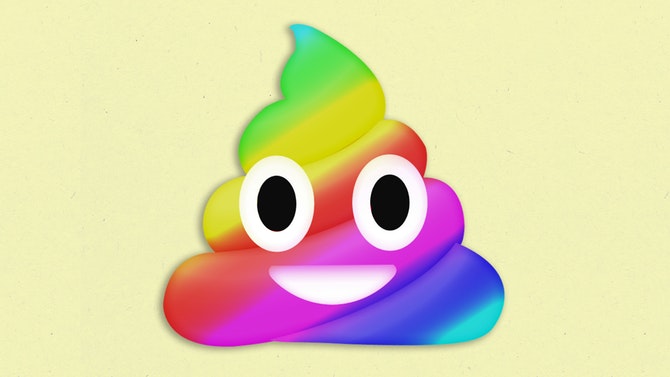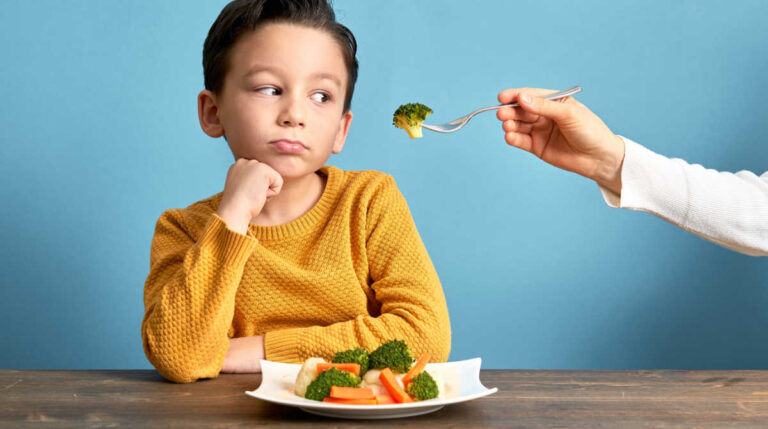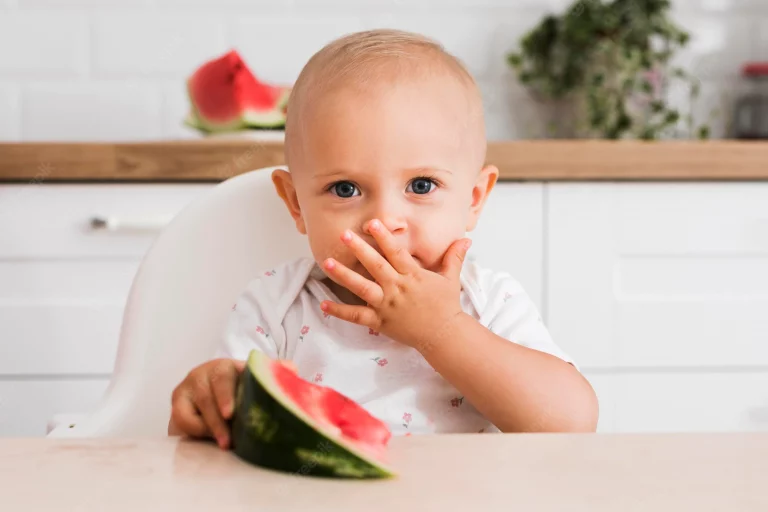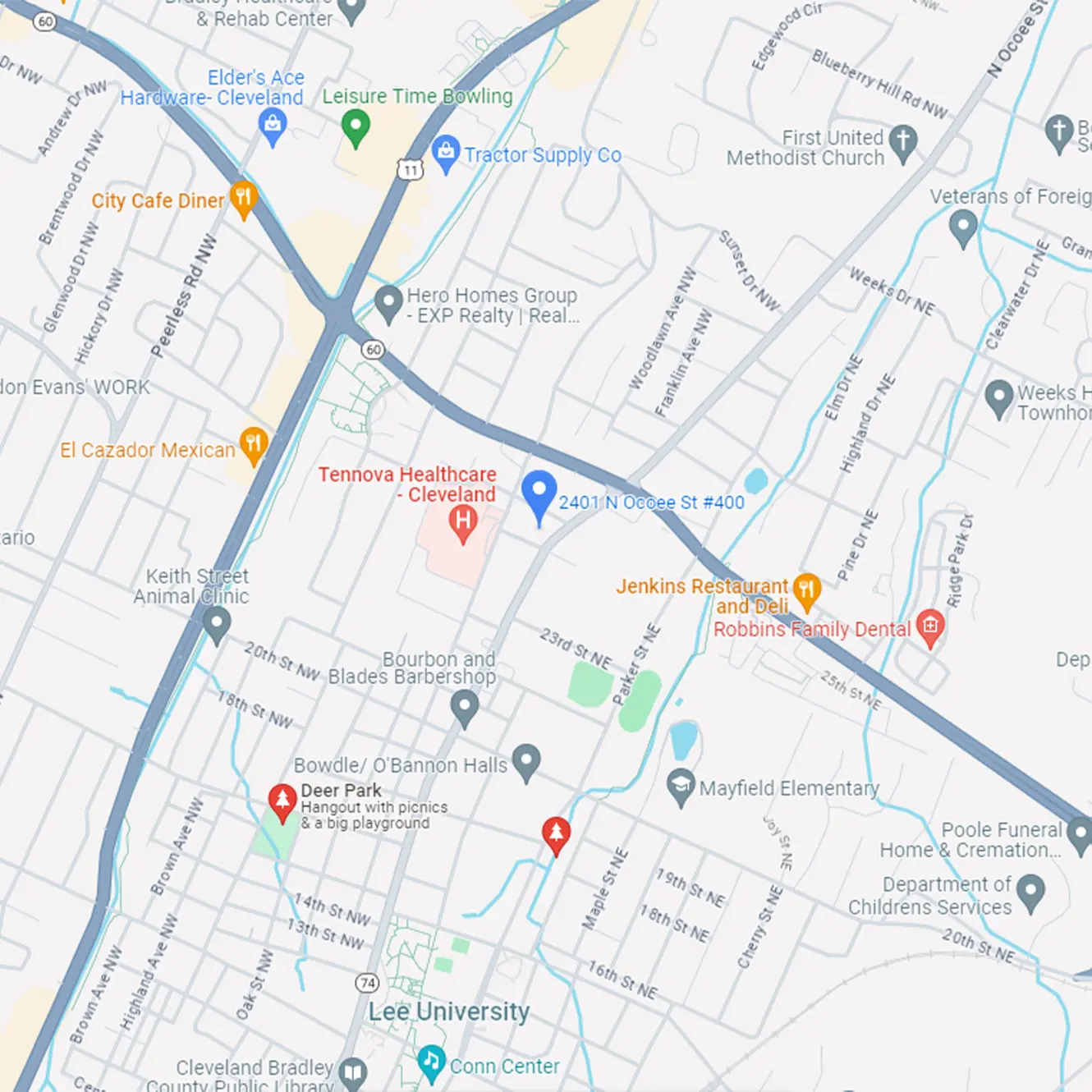At some point in your life, you’ve looked into the toilet bowl and have been startled by the color of your poop. Surely something must be wrong! In a panic, you’ve called the doctor, googled your symptoms, or just sat and worried over it. After a bowel movement or two, the color usually returns to the normal brown you usually see and life goes back to normal. Until the next time…
The “normal” color of poop is brown, but poop can be almost any color. Most of the time, a color change does not indicate anything serious but you should always be aware of what to look for if you do see a color change. Below is a list of the most typical colors you can see, as well as some of the causes for those colors. We will also discuss colors that need to be evaluated by your doctor.
-
- Poop is typically brown. This is due to a pigment called Bilirubin that is formed when red blood cells are broken down.
- Green Poop-
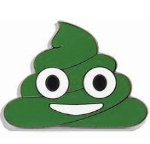
- Most of the time, green or greenish poop is normal. Some of the things that can cause this include: green veggies like spinach or kale, green food colorings such as drink mixes or ice pops and iron supplements.
- Diarrhea can sometimes be green in color due to food passing through the GI tract to quickly and the fat-digesting bile did not have time to turn the poop brown.
- Orange Poop-

- Eating orange-colored foods such as carrots, sweet potatoes and winter squash which are rich in a pigment called beta-carotene.
- Occasionally blocked bile ducts or certain medications including some antacids and the antibiotic Rifampin can cause orange poop.
- Any true Tennessee Volunteer fan will not only bleed orange but will poop orange as well!!! GO VOLS!!!!
- Yellow Poop-
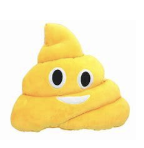
- If poop is yellow, greasy, or mucusy, this could indicate an increased amount of fat in the poop. This could be an indication of an absorption problem due to a lack of enzyme or bile production.
- Yellow Seedy Poop in a Breastfed Baby-
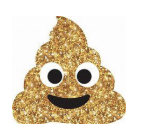
- When a newborn is breastfed, poop progresses from dark green to lighter green and within a few days to a week or so, the poop becomes mustard yellow in color and will look seedy or chunky. Many parents mistake this loose poop for diarrhea.
- Red Poop-
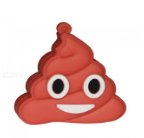
- Some foods such as red berries or beets as well as beet juice can cause poop to take on a red hue. This should not last and once the food has been digested and passes through the GI tract, poop should again become brown. Also Omnicef (Cefdenir-generic), an antibiotic, can cause stools to turn brick red in color.
- Bleeding inside the GI tract could also turn your poop red. You should always call your doctor if the red color is not associated with red food you have recently eaten or antibiotics (Omnicef).
- White or Light Colored Poop-

- Some medications that contain bismuth subsalicylate like Pepto-Bismol or Kaopectate can cause poop to be light in color. Barium used during certain radiologic studies will also cause stools to be white until completely passed out of the system.
- Some serious causes of white/light-colored stools are liver disease, gallstones or some congenital conditions such as biliary atresia.
- Black Poop-

- As with white or light-colored stools, occasionally medications that contain bismuth subsalicylate (Pepto-Bismol or Kaopectate) will cause stools to turn black instead of pale. The most common causes of black stools are again typically foods and supplements like black licorice, blueberries, black icing or iron supplements.
- Black, tarry stools could indicate an upper GI bleed from the esophagus or stomach. You should always check with your doctor if you cannot associate the color with food or medication you have ingested.
Hopefully, this article will help you feel more at ease regarding the myriad of colors you may find in your child’s diaper or the toilet bowl, but as always, if you continue to have questions or concerns, please contact your physician for further information.
Sandy Kelley, RN
GI For Kids, PLLC












